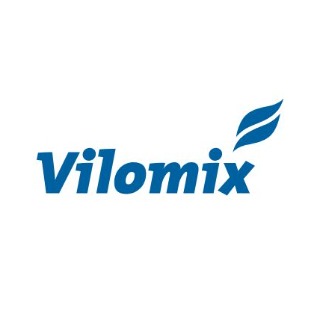 Company
Vilomix
Brazil
12
Publications
58
Followers
Company
Vilomix
Brazil
12
Publications
58
Followers
The link is incorrect ot it is not valid anymore.
Contact:
Contact us using the following form.
